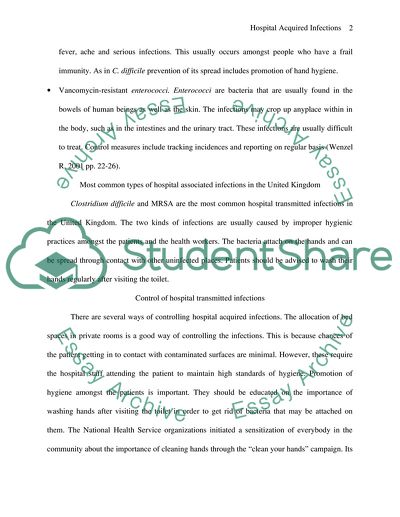Cite this document
(Types of Hospital Acquired Infections based on National Health Servic Case Study, n.d.)
Types of Hospital Acquired Infections based on National Health Servic Case Study. Retrieved from https://studentshare.org/health-sciences-medicine/1551132-is-the-nhs-doing-enough-to-combat-hospital-acquired-infections
Types of Hospital Acquired Infections based on National Health Servic Case Study. Retrieved from https://studentshare.org/health-sciences-medicine/1551132-is-the-nhs-doing-enough-to-combat-hospital-acquired-infections
(Types of Hospital Acquired Infections Based on National Health Servic Case Study)
Types of Hospital Acquired Infections Based on National Health Servic Case Study. https://studentshare.org/health-sciences-medicine/1551132-is-the-nhs-doing-enough-to-combat-hospital-acquired-infections.
Types of Hospital Acquired Infections Based on National Health Servic Case Study. https://studentshare.org/health-sciences-medicine/1551132-is-the-nhs-doing-enough-to-combat-hospital-acquired-infections.
“Types of Hospital Acquired Infections Based on National Health Servic Case Study”, n.d. https://studentshare.org/health-sciences-medicine/1551132-is-the-nhs-doing-enough-to-combat-hospital-acquired-infections.


